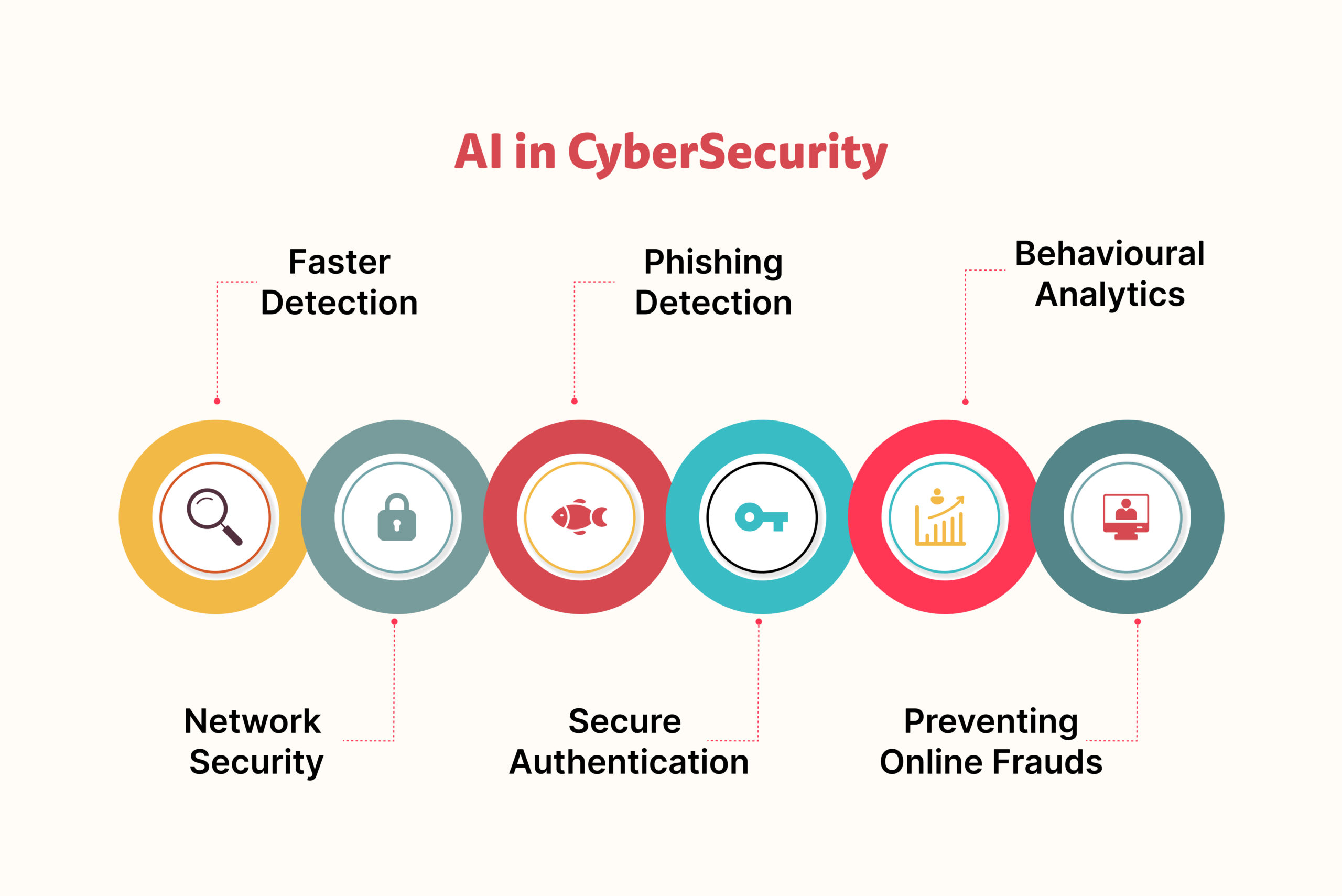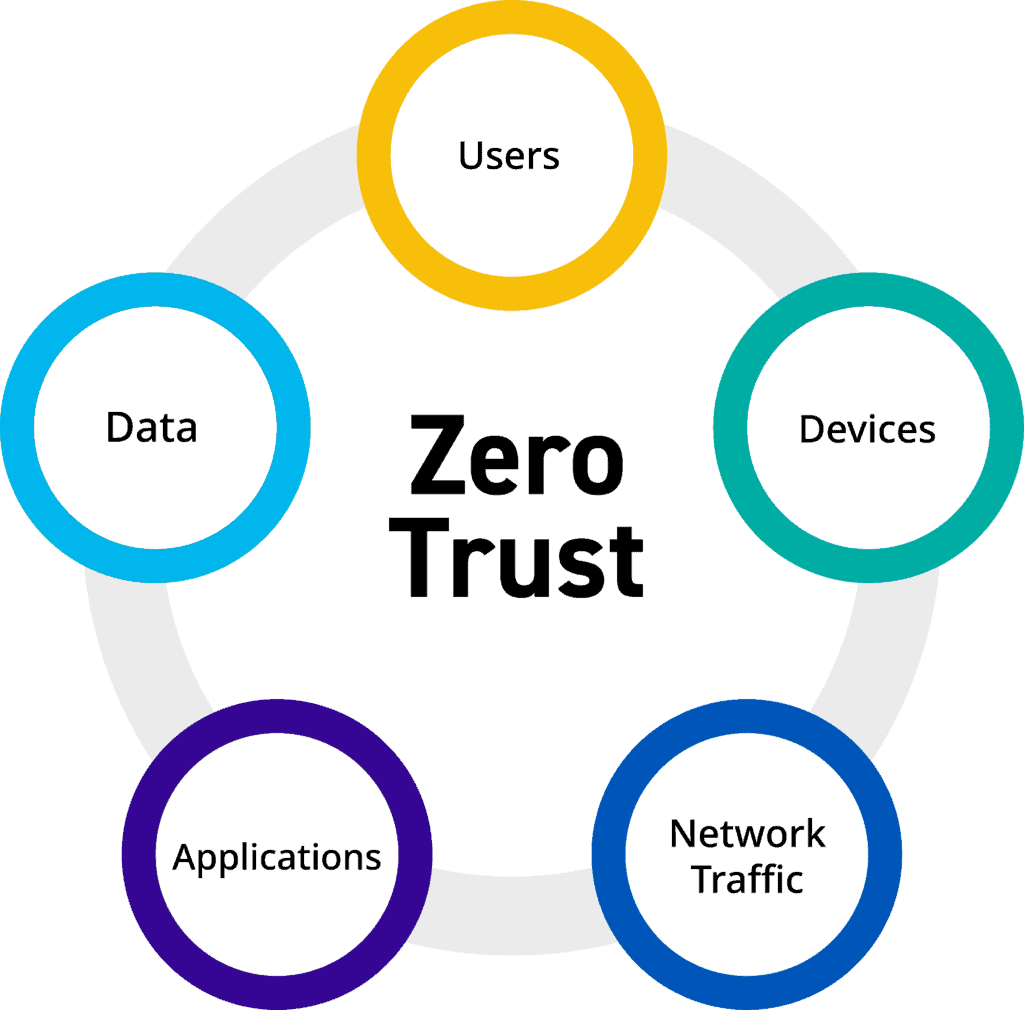INTRODUCTION
In an era dominated by digital advancements, the importance of cybersecurity cannot be overstated. As we step into 2024, the threat landscape continues to evolve, prompting the need for proactive measures to safeguard our digital assets. This blog post explores the cybersecurity trends that will shape the way we protect our digital world in the coming year.
1. Rise of AI and Machine Learning in Cybersecurity:
In 2024, artificial intelligence (AI) and machine learning (ML) play pivotal roles in strengthening cybersecurity measures. AI-driven solutions analyze vast amounts of data to identify patterns and anomalies, enhancing threat detection capabilities. From predicting potential risks to automating incident response, the integration of AI is a game-changer in fortifying our digital defenses.
2. Zero Trust Security Model:
The traditional perimeter-based security model is giving way to a Zero Trust approach. In 2024, organizations are adopting the principle of "never trust, always verify." This model assumes that threats can exist both inside and outside the network, emphasizing continuous authentication and authorization. Implementing Zero Trust ensures a more robust defense against evolving cyber threats.
3. Cloud Security Challenges and Solutions:
The increasing reliance on cloud services introduces new cybersecurity challenges. As organizations migrate their data and operations to the cloud, securing these environments becomes paramount. This section delves into the challenges of cloud security and explores innovative solutions to safeguard sensitive information in the digital cloud.
4. Quantum-Safe Cryptography:
With the potential advent of quantum computing, traditional cryptographic algorithms face the risk of being compromised. In response, the cybersecurity community is actively exploring quantum-safe cryptographic solutions. This segment explores the impact of quantum computing on encryption and the development of quantum-resistant cryptographic methods.
5. Biometric Authentication Advancements:
Biometric authentication continues to evolve as a secure means of verifying user identity. In 2024, advancements in biometric technologies enhance security measures. From facial recognition to fingerprint scanning, incorporating biometrics in authentication processes adds an extra layer of protection against unauthorized access.
6. IoT Security Best Practices:
The Internet of Things (IoT) brings unparalleled convenience but also introduces security vulnerabilities. As the number of connected devices grows, securing IoT becomes a top priority. This section outlines best practices for securing IoT devices and networks, ensuring that the benefits of interconnected technologies aren't compromised by potential cyber threats.
7. Emerging Threats:
The digital landscape is in a constant state of flux, with new threats emerging regularly. This section explores the latest and emerging cybersecurity threats in 2024. From advanced persistent threats (APTs) to zero-day vulnerabilities, understanding these threats is critical for implementing proactive defense mechanisms.
CONCLUSION:
As we navigate the complexities of the digital age, staying ahead of cybersecurity trends is paramount. This comprehensive overview of the trends shaping 2024 equips you with the knowledge to protect your digital world effectively. From harnessing the power of AI to embracing a Zero Trust model, adopting these strategies ensures a resilient defense against the evolving threat landscape.











0 Comments